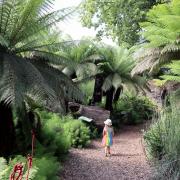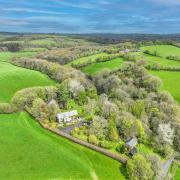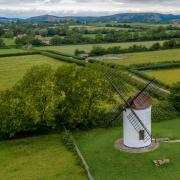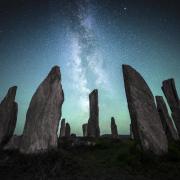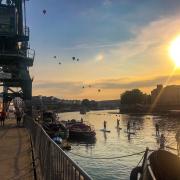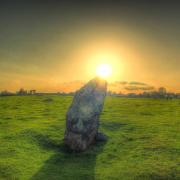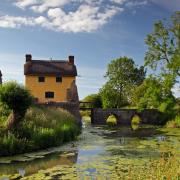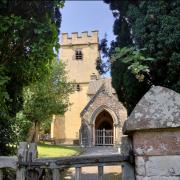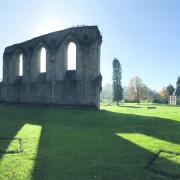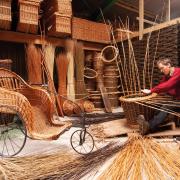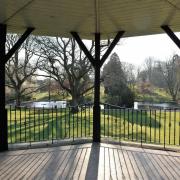The new Bath World Heritage Centre will open to the public on May 9 and to celebrate Bath’s unique cultural offering as a UNESCO World Heritage Site the people behind the new attraction have revealed seven things you may not know about the city.
The World Heritage Centre displays and app reveal the following fascinating facts:
1. King’s Spring at the Roman Baths

An incredible amount of hot water gushes out from the King’s Spring. It would fill a full-sized bath tub every eight seconds. Naturally hot water at a temperature of 46C rises here every day and has been doing so for thousands of years. Containing 43 different minerals, the spa water has been used for curative purposes for more than 2,000 years.
2. The Pump Room and Fountain
This is the only place in Britain where you can drink hot spring waters. The water flowing from the drinking fountain has bubbled up from deep underground today. But it has had a much longer journey, having fallen as rain over the Mendip Hills up to 10,000 years ago.
3. Roman Baths curses
Roman people made prayers or curses if their clothes, jewellery or bathing tunics had been stolen. Their wishes were scratched onto small lead sheets and thrown into the hot spring. They hoped that the goddess Sulis Minerva would hear them and inflict punishments like insomnia or death on the criminals who had committed the crimes.
4. The Royal Crescent

Built in the 1700s, this is one of Bath’s most famous landmarks. Its close association with the landscape really made the Royal Crescent stand out. Cows and sheep often grazed on the lawn, but a clever hidden ditch kept them from wandering too close to the upper lawn. This is called a ‘ha-ha’, possibly named after the fact that people laughed if someone fell into it!
5. The hanging bogs of Bath
Sticking out behind Bath’s elegant terraces you’ll often find the ‘hanging bogs of Bath’ – little rooms jutting out in mid-air, added on to provide an inside toilet.
6. Frankenstein
Mary Shelley wrote Frankenstein while staying at 5 Abbey Church Yard, which then stood next to the Grand Pump Room. Mary, aged 19, arrived in Bath in September 1816 and took lodgings at 5 Abbey Church Yard, on the site of the current Pump Room’s 19th-century extension. She attended the scientific lectures of Dr Wilkinson in the nearby Kingston Lecture Room. He suggested that one day electricity, then in its infancy, might be used to bring inanimate objects to life. Curiously, an electricity sub-station now sits directly beneath the spot where the novel was written.
7. Sham Castle
From the city centre, you can see a ‘castle’ up on the hill. It’s called Sham Castle because it’s a sham! It’s just a wall designed to look impressive from a distance. Originally created to improve Ralph Allen’s view from his town house, Sham Castle boasts fantastic views over Bath and is one of the many viewpoints along the National Trust’s Bath Skyline walk.
The Heritage Centre
Supported by The National Lottery Heritage Fund, the World Heritage Centre will be a springboard for visitors to Bath and local people to engage with the city’s culture, history and heritage and explore popular Bath landmarks as well as lesser-known places around the city. Once established the Centre will attract 100,000 visitors per year.
The Centre will feature a host of interactive exhibits and displays designed to inspire, excite and inform. Friendly and knowledgeable staff and volunteers will be on hand to answer questions and help people make the most of their visit. There will be free walking trails and guides to help visitors to the city explore all it has to offer.
A new mobile app is also available for download. Packed with fun features, trails, quirky facts and a GPS map, the app allows people to build bespoke itineraries based on their preferences.
The World Heritage Centre is part of the Archway Project, supported by the Heritage Fund thanks to National Lottery players, which also includes a brand-new Roman Baths Clore Learning Centre for pre-booked school and community groups, and a new Roman Gym at the Roman Baths.
Located in York Street, the World Heritage Centre will be open Monday to Sunday and will be free to enter.




